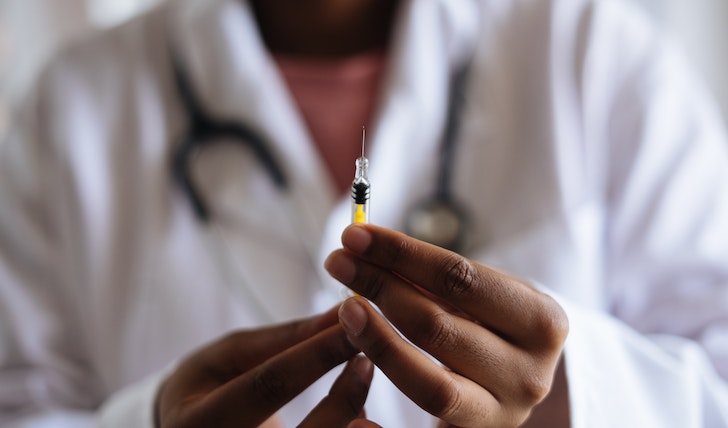Vaccines have transformed public health, turning once-lethal diseases into mere footnotes of medical history books. But have you ever wondered how these life-savers are made? With the wave of interest in COVID-19 vaccines in the post-pandemic era, it is the perfect time to delve into the diverse universe of vaccine technologies.
So, let's embark on a journey. A journey where we unravel some of these technologies:
Virus-Like Particle (VLP) Vaccines: The Doppelgängers
VLPs look like the virus but do not contain any of its genetic material, so they are mere imposters. It is like dressing up as a lion for Halloween--you might look fierce but can not roar. The vaccine for Human Papillomavirus (HPV), a leading cause of cervical cancer, uses VLPs.

CDC / Pexels / There is no doubt that vaccines have always played a pivotal role in saving humanity.
In some regions, more boys than girls are now getting vaccinated, helping to protect everyone from the virus.
mRNA Vaccines: The New Kids on the Block
Just like the Pfizer-BioNTech and Moderna COVID-19 vaccines, mRNA vaccines use tiny snippets of the pathogen's genetic material to instruct our cells to produce a harmless protein piece. This protein triggers an immune response.
Visualize it as handing over a recipe to a chef. Once he knows the ingredients and steps, he can recreate the dish. But here is a twist: This 'recipe' degrades quickly, so mRNA vaccines require ultra-cold storage.
Live-Attenuated Vaccines: Nature's Rebel Turned Ally
First up: Live-attenuated vaccines contain a version of the living virus that has been weakened in the lab. Think of these viruses as the wild, rebellious teenagers who have gone off to a reform school and come back well-behaved.

Frank / Pexels / The first vaccine ever created, the smallpox vaccine by Edward Jenner in 1796, is considered a live-attenuated vaccine.
Although modified, they can still cause disease in people with weakened immune systems.
Inactivated Vaccines: The Silenced Warriors
By using chemicals, heat, or radiation, the harmful pathogens in inactivated vaccines are killed. Though they cannot replicate, they still stimulate our immune system. Picture a once-noisy band that is now playing silently. Their presence is still recognized, even without the clamor.
The polio vaccine, which led to near eradication of the disease, uses this technology. Intriguingly, Jonas Salk, its inventor, famously said he had transferred the ownership of the patent to the people, ensuring that it always remained affordable.
Protein Subunit Vaccines: The Slice of Action
Instead of using the whole pathogen, protein subunit vaccines utilize pieces of it, typically its proteins, to stimulate an immune response. Imagine being recognized in a crowd just by wearing your favorite hat. This is the ‘hat’ of the virus that our immune system targets.

RFS / Pexels / The Hepatitis B vaccine is often the first vaccine a newborn receives, sometimes within 24 hours of birth.
However, the Hepatitis B vaccine also employs this strategy.
Vector Vaccines: The Trojan Horses
Finally, Vector vaccines use a different virus (the vector) to deliver a piece of the genetic material of the virus of interest. Once inside our cells, this genetic material instructs them to produce a protein, leading to an immune response. If mRNA vaccines are like handing over a recipe, vector vaccines are like sneaking it inside a chocolate-covered treat. Oxford-AstraZeneca's COVID-19 vaccine is a prime example.
Who would have guessed? Mosquitoes, often considered pests, are being researched as potential vectors to deliver vaccines.




